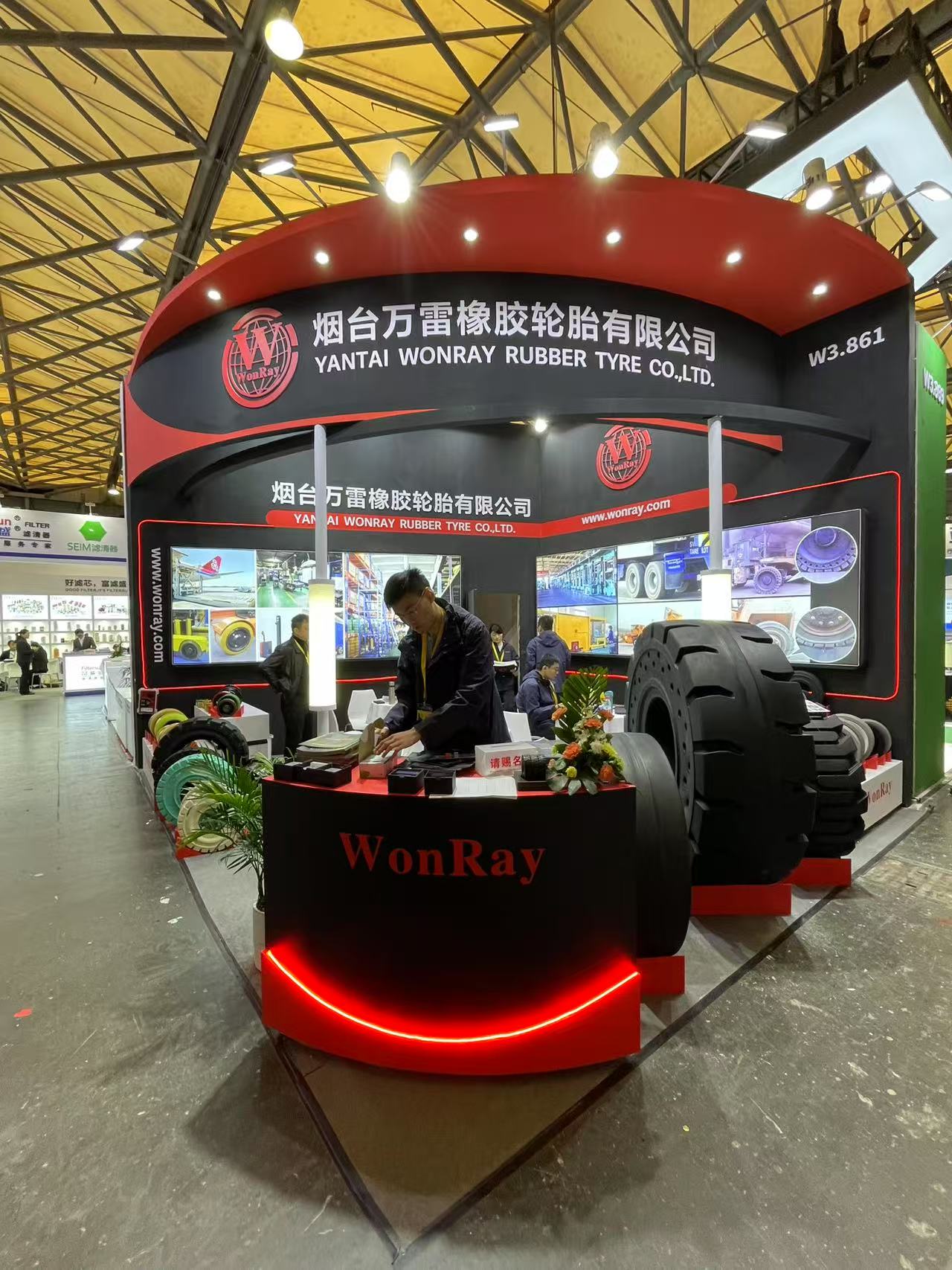In heavy-duty industries like construction, mining, and quarrying, every component of your machinery is a key contributor to productivity and safety. Among the most critical yet often overlooked components is the tire 23.5 25, a staple for large-scale wheel loaders and earthmovers. Choosing the right tire isn’t just about finding a replacement; it’s a strategic decision that directly impacts operational efficiency, equipment longevity, and your company’s bottom line.
Why the Right Tire 23.5 25 is a Game-Changer
Maximizing Performance and Durability
The operating environments for machinery using a tire 23.5 25 are notoriously harsh—think sharp rocks, uneven terrain, and heavy loads. A high-quality tire is engineered with advanced rubber compounds and robust construction to withstand these extreme conditions. Investing in a durable tire reduces the risk of punctures, cuts, and premature wear, ensuring your equipment stays in the field and not in the repair shop. This translates directly to increased uptime and maximum productivity.
Enhancing Safety and Stability
Safety is non-negotiable in heavy-duty operations. The design of a tire 23.5 25 provides the necessary traction and stability for safely moving massive loads across difficult surfaces. Proper tread patterns and a strong sidewall prevent slippage and rollovers, protecting your operators and valuable cargo. Choosing a tire with the right load capacity and inflation pressure for your specific application is paramount for maintaining a safe work environment.
Reducing Operating Costs
While high-quality tires might have a higher upfront cost, they offer significant savings in the long run. Durable tires last longer, reducing the frequency and cost of replacements. Furthermore, a tire that maintains its integrity and proper inflation helps improve fuel efficiency by minimizing rolling resistance. By choosing a tire built for your specific conditions, you can lower maintenance expenses and optimize your operational budget.
Key Factors When Choosing Your Tire 23.5 25
When selecting the best tire 23.5 25 for your fleet, consider these important factors:
- Application Type: Are your machines working in a quarry, on a construction site, or in a port? The ideal tread pattern and rubber compound differ greatly. For instance, a deep-lugged tire is excellent for traction in soft soil, while a smoother, more durable compound is better for concrete and hard surfaces.
- Load and Speed Ratings: Always check that the tire’s load index and speed rating are appropriate for the heaviest loads your machine will carry and the speeds it will operate at. This is a critical safety and performance measure.
- Tire Construction: Choose between bias-ply or radial tires. Radial tires generally offer better fuel efficiency and a smoother ride, while bias-ply tires are often more puncture-resistant and cost-effective for slow-moving, high-stress applications.
- Manufacturer Reputation: Partner with a reputable tire manufacturer known for quality, durability, and reliable after-sales support. Their expertise can help you select the best tire for your specific needs.
Summary
The tire 23.5 25 is a foundational element for the performance, safety, and profitability of your heavy-duty fleet. By strategically selecting a tire that matches your operational environment and requirements, you can maximize uptime, enhance safety, and significantly reduce long-term operating costs. This is not just a purchasing decision; it’s an investment in the productivity and longevity of your business.
Frequently Asked Questions (FAQ)
What do the numbers “23.5 25″ mean on a tire?
The numbers “23.5 25″ are a dimension code. “23.5″ represents the tire’s section width in inches, and “25″ is the diameter of the rim it fits, also in inches.
How can I tell when my tires need to be replaced?
Tires should be replaced when the tread wear is significant, or when there are visible signs of damage, such as deep cuts, bulges, or chunking. Consult your tire manufacturer’s guidelines for specific wear indicators.
Is there a difference between a tire for a loader and a tire for a grader?
Yes, even with the same tire 23.5 25 size, the ideal tire for each machine can be different. Loaders require tires with high traction and puncture resistance, while graders often need a specific tread pattern for smooth, even ground-shaping and stability.
Post time: 07-08-2025

